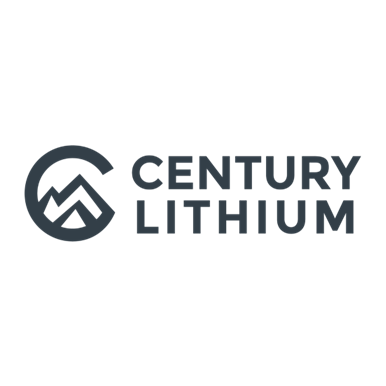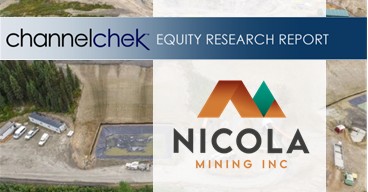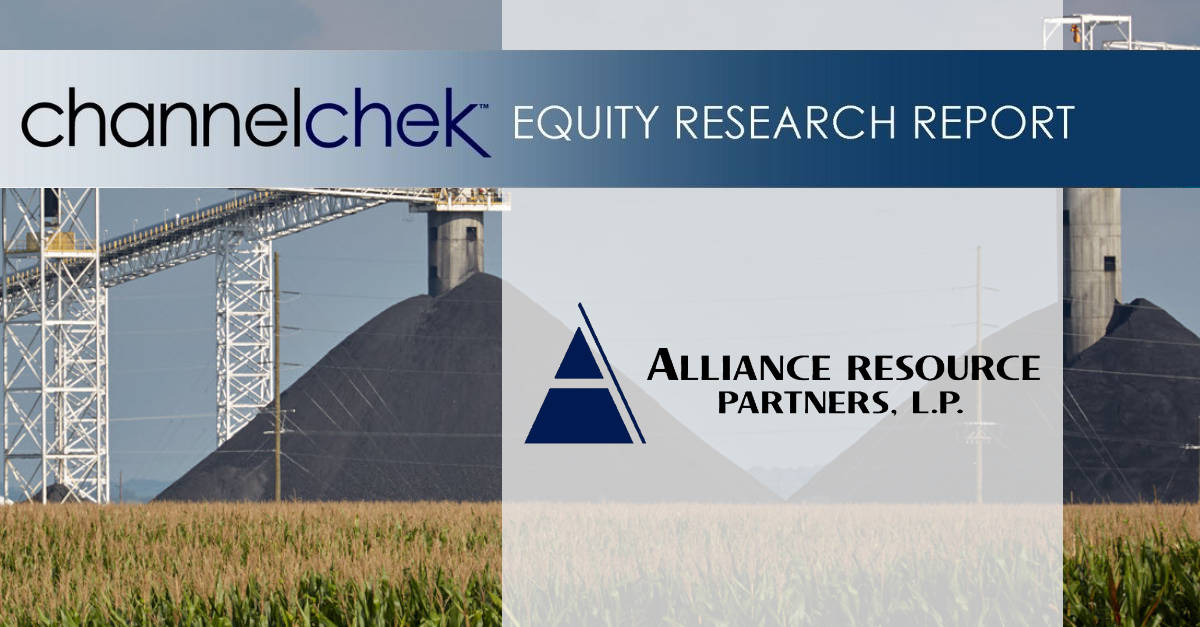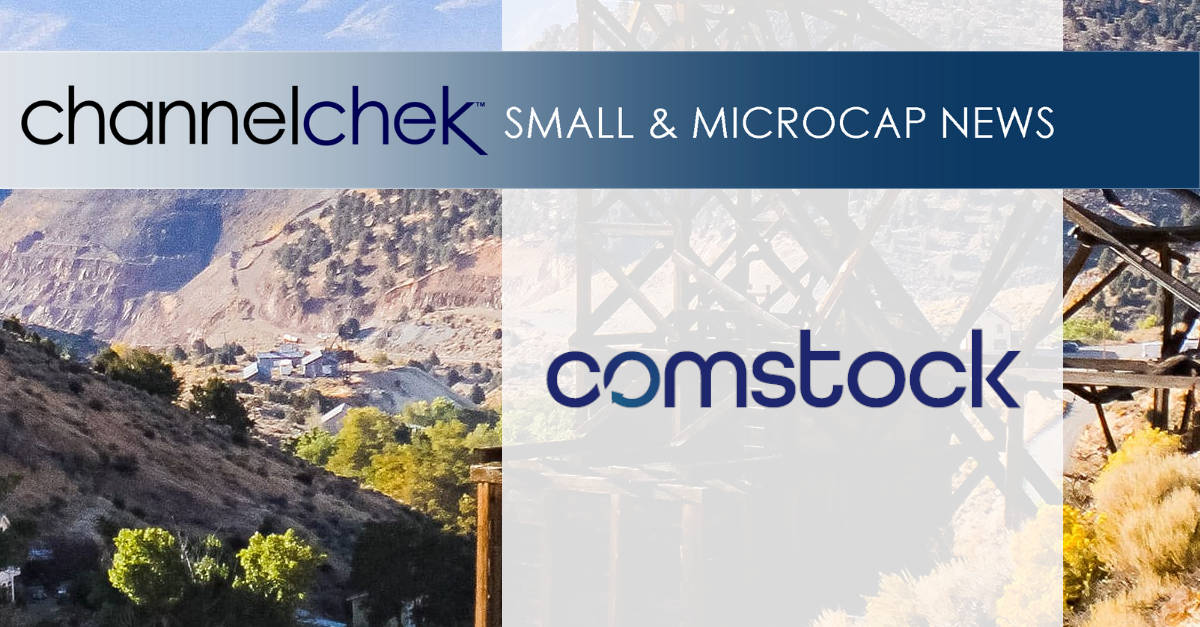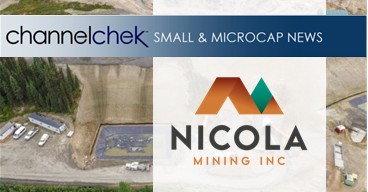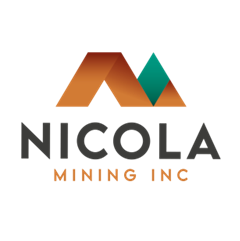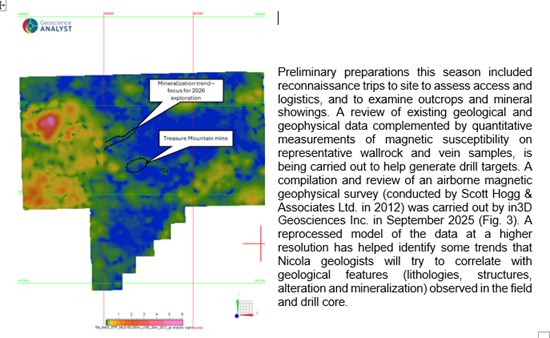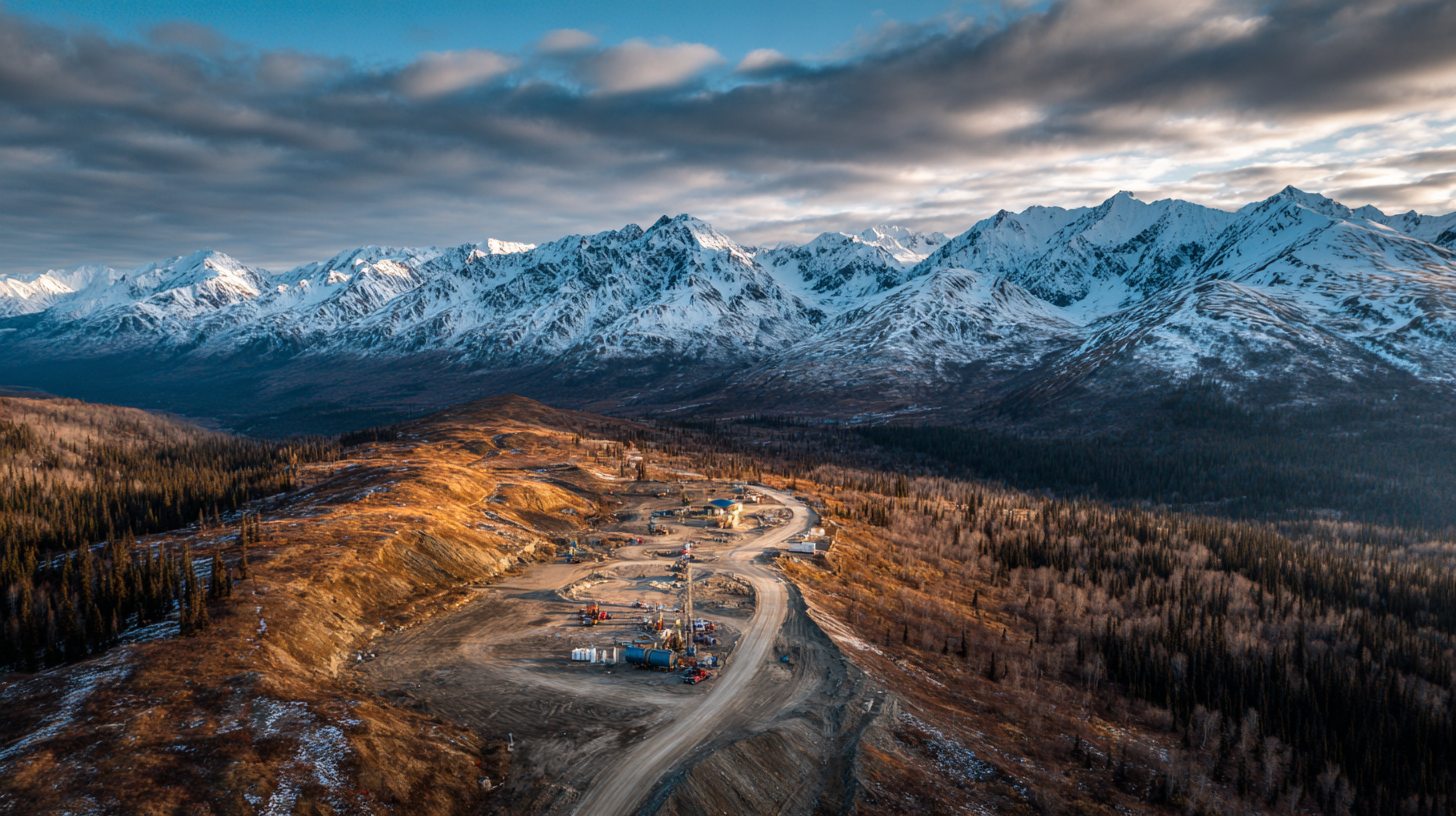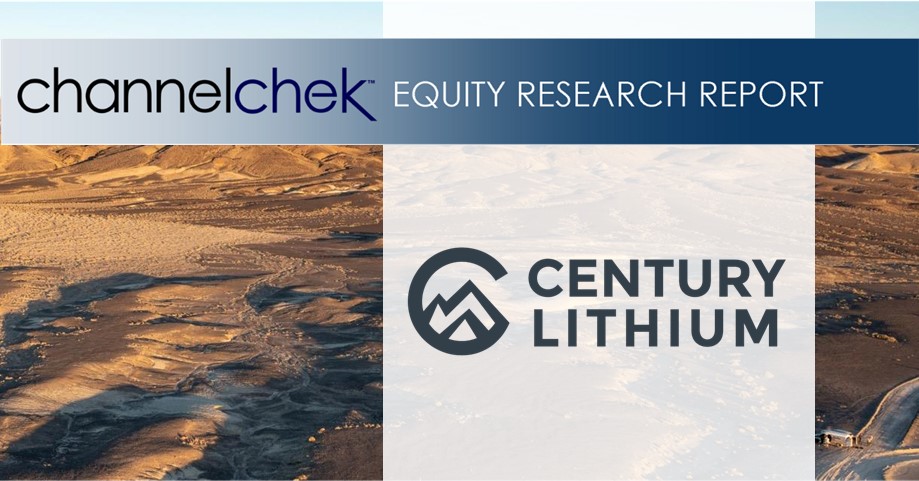Research News and Market Data on LODE
VIRGINIA CITY, NEVADA, October 15, 2025 — Comstock Inc. (NYSE: LODE) (“Comstock” and the “Company”) today announced that it has completed its purchase of the Haywood quarry industrial and mineral properties from Decommissioning Services LLC for a total of $2.2 million in cash and stock. The Haywood property totals approximately 190 acres in Lyon County, Nevada, and has available power, water, and easy access to US 50. These properties historically hosted gold mining and processing operations, and more recently, aggregate mining and are strategically located and contiguous to the Company’s Lyon County mineral properties, including our now flagship Dayton gold and silver resource.
“This is a very important addition to our mineral portfolio,” stated Mr. Corrado De Gasperis, Comstock’s Executive Chairman and CEO, “as it could conveniently host activities to support the mining at Dayton, and then provide post-mining industrial property in one of the largest industrial parks in Lyon County.”
The Comstock Lode was discovered in 1859. From 1860 to 1960, the district yielded more than eight million ounces of gold and 192 million ounces of silver, from workings greater than 3,000 feet below the surface. We have consolidated the most significant portions of the historic Comstock Lode mining district, conducted surface and airborne geophysical studies, drilled extensively, and developed detailed numerical models of the mineralization. We have secured permits, built an infrastructure, and completed two phases of test production. The Haywood Quarry is a strategic addition that enhances the efficacy of our Lyon County position.
Because of the Comstock Lode’s historical significance, the geology is well known and has been extensively studied. We have expanded our understanding of the geology through vigorous surface mapping and drill hole logging. The volume of geologic data is significant, particularly in the Lucerne and Dayton resource areas. We have accumulated a large library of historical data and detailed surface mapping of Comstock Mineral Estate properties and continue to obtain historical information from public and private sources. We have integrated this data with information obtained from our mining operations to target prospective geological exploration areas and plan exploratory drilling programs, including expanded surface and underground drilling.
The Company completed extensive geological mapping and drilling on a limited portion of our properties, particularly the Lucerne and Dayton resource areas, and characterized the mineralized material. We have performed metallurgical testing, mine planning and economic analysis while conducting extensive test mining operations, most recently from 2012 through 2016. The Company published an independent, third-party, S-K 1300 Technical Report Summary for our flagship Dayton gold and silver resources in November 2022.
The Company’s 2025 efforts include applying economic analysis to our existing gold and silver resources progressing toward preliminary economic feasibility for the southern part of the district, that is the broader Dayton resource complex, and the ultimate development of full mine and reclamation plans and the development of post productive land and community development plans.
About Comstock Inc.
Comstock Inc. (NYSE: LODE) innovates and commercializes technologies, systems and supply chains that enable, support and sustain clean energy systems by efficiently, effectively, and expediently extracting and converting under-utilized natural resources into reusable metals, like silver, aluminum, gold, and other critical minerals, primarily from end-of-life photovoltaics. To learn more, please visit www.comstock.inc.
Comstock Social Media Policy
Comstock Inc. has used, and intends to continue using, its investor relations link and main website at www.comstock.inc in addition to its X.com, LinkedIn and YouTube accounts, as means of disclosing material non-public information and for complying with its disclosure obligations under Regulation FD.
Contacts
For investor inquiries:
Judd B. Merrill, Chief Financial Officer
Tel (775) 413-6222
ir@comstockinc.com
For media inquiries:
Zach Spencer, Director of External Relations
Tel (775) 847-7573
media@comstockinc.com
Forward-Looking Statements
This press release and any related calls or discussions may include forward-looking statements within the meaning of Section 27A of the Securities Act of 1933, as amended, and Section 21E of the Securities Exchange Act of 1934, as amended. All statements, other than statements of historical facts, are forward-looking statements. The words “believe,” “expect,” “anticipate,” “estimate,” “project,” “plan,” “should,” “intend,” “may,” “will,” “would,” “potential” and similar expressions identify forward-looking statements but are not the exclusive means of doing so. Forward-looking statements include statements about matters such as: future market conditions; future explorations or acquisitions; divestitures, spin-offs or similar distribution transactions, future changes in our research, development and exploration activities; future financial, natural, and social gains; future prices and sales of, and demand for, our products and services; land entitlements and uses; permits; production capacity and operations; operating and overhead costs; future capital expenditures and their impact on us; operational and management changes (including changes in the Board of Directors); changes in business strategies, planning and tactics; future employment and contributions of personnel, including consultants; future land and asset sales; investments, acquisitions, divestitures, spin-offs or similar distribution transactions, joint ventures, strategic alliances, business combinations, operational, tax, financial and restructuring initiatives, including the nature, timing and accounting for restructuring charges, derivative assets and liabilities and the impact thereof; contingencies; litigation, administrative or arbitration proceedings; environmental compliance and changes in the regulatory environment; offerings, limitations on sales or offering of equity or debt securities, including asset sales and associated costs; business opportunities, growth rates, future working capital, needs, revenues, variable costs, throughput rates, operating expenses, debt levels, cash flows, margins, taxes and earnings. These statements are based on assumptions and assessments made by our management in light of their experience and their perception of historical and current trends, current conditions, possible future developments and other factors they believe to be appropriate. Forward-looking statements are not guarantees, representations or warranties and are subject to risks and uncertainties, many of which are unforeseeable and beyond our control and could cause actual results, developments, and business decisions to differ materially from those contemplated by such forward-looking statements. Some of those risks and uncertainties include the risk factors set forth in our filings with the SEC and the following: adverse effects of climate changes or natural disasters; adverse effects of global or regional pandemic disease spread or other crises; global economic and capital market uncertainties; the speculative nature of gold or mineral exploration, and lithium, nickel and cobalt recycling, including risks of diminishing quantities or grades of qualified resources; operational or technical difficulties in connection with exploration, metal recycling, processing or mining activities; costs, hazards and uncertainties associated with precious and other metal based activities, including environmentally friendly and economically enhancing clean mining and processing technologies, precious metal exploration, resource development, economic feasibility assessment and cash generating mineral production; costs, hazards and uncertainties associated with metal recycling, processing or mining activities; contests over our title to properties; potential dilution to our stockholders from our stock issuances, recapitalization and balance sheet restructuring activities; potential inability to comply with applicable government regulations or law; adoption of or changes in legislation or regulations adversely affecting our businesses; permitting constraints or delays; challenges to, or potential inability to, achieve the benefits of business opportunities that may be presented to, or pursued by, us, including those involving battery technology and efficacy, quantum computing and generative artificial intelligence supported advanced materials development, development of cellulosic technology in bio-fuels and related material production; commercialization of cellulosic technology in bio-fuels and generative artificial intelligence development services; ability to successfully identify, finance, complete and integrate acquisitions, spin-offs or similar distribution transactions, joint ventures, strategic alliances, business combinations, asset sales, and investments that we may be party to in the future; changes in the United States or other monetary or fiscal policies or regulations; interruptions in our production capabilities due to capital constraints; equipment failures; fluctuation of prices for gold or certain other commodities (such as silver, zinc, lithium, nickel, cobalt, cyanide, water, diesel, gasoline and alternative fuels and electricity); changes in generally accepted accounting principles; adverse effects of war, mass shooting, terrorism and geopolitical events; potential inability to implement our business strategies; potential inability to grow revenues; potential inability to attract and retain key personnel; interruptions in delivery of critical supplies, equipment and raw materials due to credit or other limitations imposed by vendors; assertion of claims, lawsuits and proceedings against us; potential inability to satisfy debt and lease obligations; potential inability to maintain an effective system of internal controls over financial reporting; potential inability or failure to timely file periodic reports with the Securities and Exchange Commission; potential inability to list our securities on any securities exchange or market or maintain the listing of our securities; and work stoppages or other labor difficulties. Occurrence of such events or circumstances could have a material adverse effect on our business, financial condition, results of operations or cash flows, or the market price of our securities. All subsequent written and oral forward-looking statements by or attributable to us or persons acting on our behalf are expressly qualified in their entirety by these factors. Except as may be required by securities or other law, we undertake no obligation to publicly update or revise any forward-looking statements, whether as a result of new information, future events, or otherwise. Neither this press release nor any related calls or discussions constitutes an offer to sell, the solicitation of an offer to buy or a recommendation with respect to any securities of the Company, the fund, or any other issuer.


